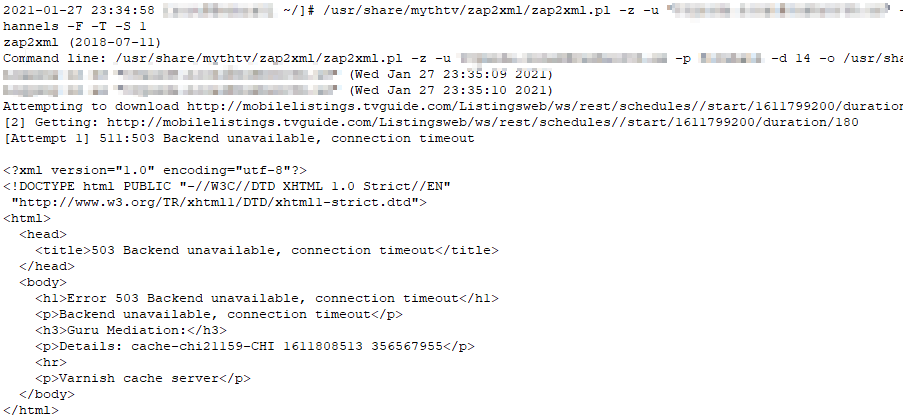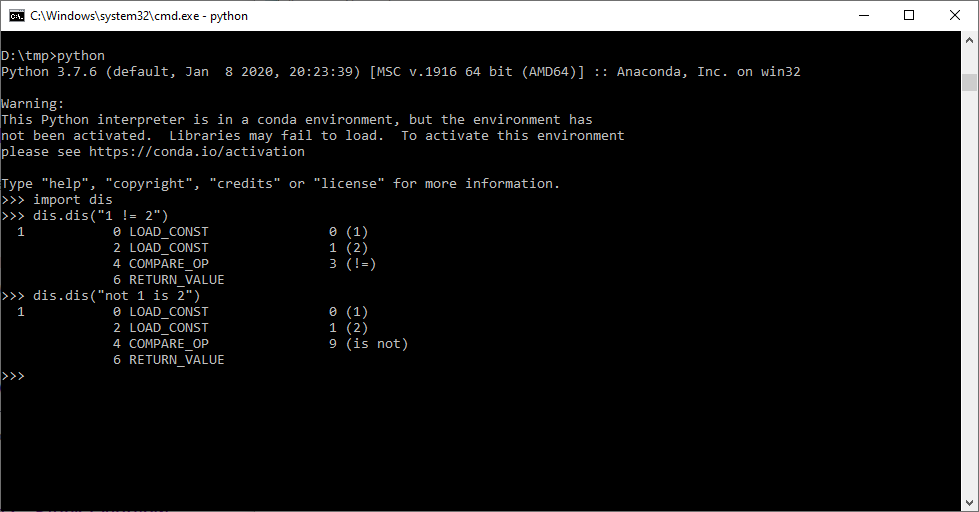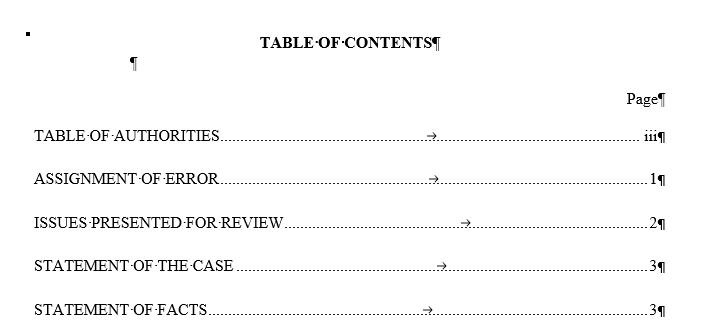Create partition, format, find UUID, and add line to fstab to mount the volume
[lisa@linuxhost ~]# parted /dev/sdb
GNU Parted 3.2.153
Using /dev/sdb
Welcome to GNU Parted! Type ‘help’ to view a list of commands.
(parted) mklabel GPT
Warning: The existing disk label on /dev/sdb will be destroyed and all data on this disk will be lost. Do you want to continue?
Yes/No? y
(parted) mkpart primary 2048s 100%
(parted) q
Information: You may need to update /etc/fstab.
[lisa@linuxhost ~]# mkfs.xfs -f /dev/sdb1
meta-data=/dev/sdb1 isize=512 agcount=4, agsize=163839872 blks
= sectsz=512 attr=2, projid32bit=1
= crc=1 finobt=1, sparse=1, rmapbt=0
= reflink=1
data = bsize=4096 blocks=655359488, imaxpct=5
= sunit=0 swidth=0 blks
naming =version 2 bsize=4096 ascii-ci=0, ftype=1
log =internal log bsize=4096 blocks=319999, version=2
= sectsz=512 sunit=0 blks, lazy-count=1
realtime =none extsz=4096 blocks=0, rtextents=0
[lisa@linuxhost ~]# lsblk
NAME MAJ:MIN RM SIZE RO TYPE MOUNTPOINT
sda 8:0 0 20G 0 disk
├─sda1 8:1 0 1G 0 part /boot
└─sda2 8:2 0 19G 0 part
├─fedora-lisa 253:0 0 17G 0 lvm /
└─fedora-swap 253:1 0 2G 0 lvm [SWAP]
sdb 8:16 0 2.5T 0 disk
└─sdb1 8:17 0 2.5T 0 part
sr0 11:0 1 650M 0 rom
[lisa@linuxhost ~]# blkid | grep sdb1
/dev/sdb1: UUID=”801ebed3-ddd6-459d-bd62-04a0a75f91b8″ TYPE=”xfs” PARTLABEL=”primary” PARTUUID=”b9a9a340-28f5-4efb-b649-af804ef5bc4c”
Add a line to /etc/fstab to mount the volume — here I’m mounting it to /mnt/data/mythtv:
UUID=801ebed3-ddd6-459d-bd62-04a0a75f91b8 /mnt/data/mythtv xfs defaults 0 0







